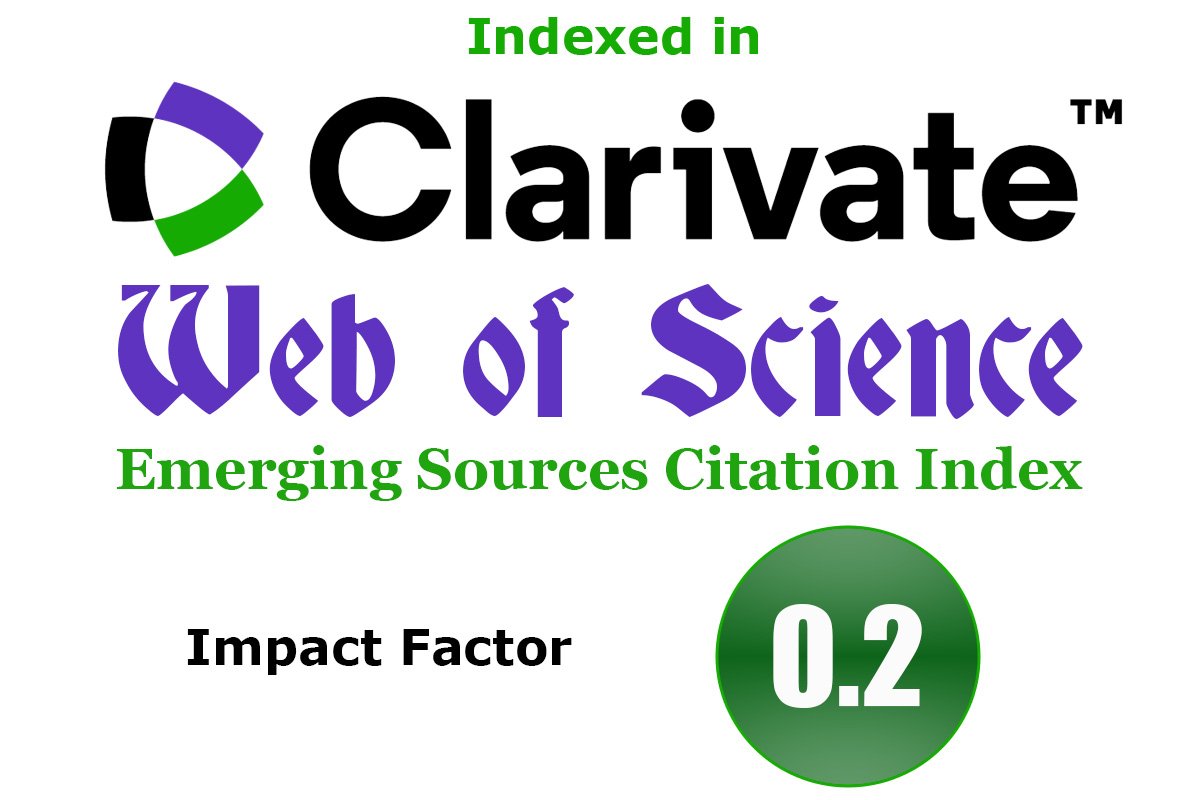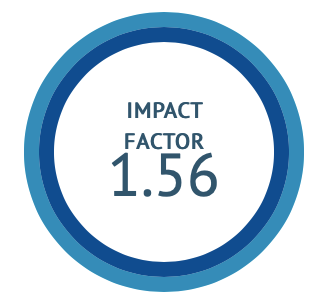Role of Gandhaka Rasayana along with Karpoor mixed Nimba taila in the treatment of Dadru - Case Report
DOI:
https://doi.org/10.47552/ijam.v13i2.1829Keywords:
Dadru, Tinea corporis, Gandhak Rasayan, Nimba taila, Karpoor, Ayurveda, Fungal infectionAbstract
From the ancient time and till date of modern era, skin plays important role in all over the self-confidence and mental health. The first thing whenever we see person is skin as skin is the largest organ of body. If person suffering from any skin disease specially in face. Then it appears irritable and give negative impact on self-confidence and mental health. Every person in the world wants to be more beautiful than anyone. In this case study, A patient suffered from dadru on thigh region have treated. In dadru, elevated skin lesions with rashes, itching and redness associated with burning sensation appears with circular shape. All Acharyas mentioned all skin disease under kushtha. There are two types of kushtha, mahakushtha and kshudra kushtha mentioned in Ayurveda. Acharya Charak mentioned dadru into kshudra kushtha but Acharya Sushrut explained it into maha kushtha. Nidan and samprapti of all the kushtha types are same. We can correlate dadru with Tinea corporis as they have similar properties and appearance. In the present case study Karpoor mix Nimba taila was applied locally to the affected area of patient and Gandhak rasayan orally for 7days. Patient got completely relief from dadru on seventh day of treatment. This study showed that local application of Karpoor mixed with Nimba taila and orally Gandhak rasayan shows significant efficacy in the management of dadru.
Downloads
Published
How to Cite
Issue
Section
License
Copyright (c) 2022 International Journal of Ayurvedic Medicine

This work is licensed under a Creative Commons Attribution 4.0 International License.
The author hereby transfers, assigns, or conveys all copyright ownership to the International Journal of Ayurvedic Medicine (IJAM). By this transfer, the article becomes the property of the IJAM and may not be published elsewhere without written permission from the IJAM.
This transfer of copyright also implies transfer of rights for printed, electronic, microfilm, and facsimile publication. No royalty or other monetary compensation will be received for transferring the copyright of the article to the IJAM.
The IJAM, in turn, grants each author the right to republish the article in any book for which he or she is the author or editor, without paying royalties to the IJAM, subject to the express conditions that (a) the author notify IJAM in advance in writing of this republication and (b) a credit line attributes the original publication to IJAM.




